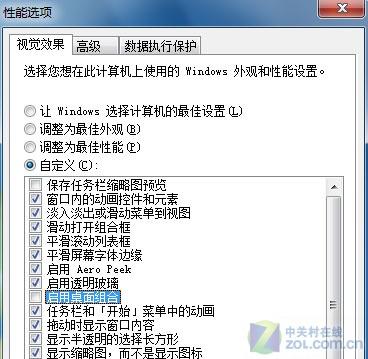vue-router默认是需要将项目放在服务器的根目录下的, 在浏览器里输入域名是这样:
http://mydomain.com/
vue怎么确认去服务器取数据还是在本地取数据呢? 其实借助的是井号"#", 井号在url中指向的是自己, 而不会去服务器取数据. 如下url, 是在根目录下的vue应用中, 也就是在vue-router中被导航.
http://mydomain.com/#/login
而如下url,将会到服务器上去取数据
http://mydomain.com/login
但如果要放置在子目录下呢, vue应用放在productinfo目录中:
http://mydomain.com/productinfo/#/login
需要两步:
1. 需要配置 router的config:
const RouterConfig = {
base: 'productinfo'
};
const router = new VueRouter(RouterConfig);
vue-router一般都是用vue-cli或者webpack, 做多个文件打包的, 也就是运行:
npm run build
可以打包app. 当然, package.json中需要有对应的build配置, 如下:
"scripts": {
"build": "webpack --progress --hide-modules --config webpack.prod.config.js",
},
那么在webpack.prod.config.js中, 也需要配置路径, 否则默认应用的打包文件就会出错.
以前是
output: {
publicPath: '/dist/',
},
现在改为:
output: {
publicPath: '/productinfo/dist/',
},
重新打包npm run build就好了.
附webpack.prod.config.js完整文件:
const webpack = require('webpack');
const HtmlWebpackPlugin = require('html-webpack-plugin');
const ExtractTextPlugin = require('extract-text-webpack-plugin');
const merge = require('webpack-merge');
const webpackBaseConfig = require('./webpack.base.config.js');
const fs = require('fs');
fs.open('./src/config/env.js', 'w', function(err, fd) {
const buf = 'export default "production";';
fs.write(fd, buf, 0, buf.length, 0, function(err, written, buffer) {});
});
module.exports = merge(webpackBaseConfig, {
output: {
publicPath: '/productinfo/dist/',
filename: '[name].[hash].js',
chunkFilename: '[name].[hash].chunk.js'
},
plugins: [
new ExtractTextPlugin({
filename: '[name].[hash].css',
allChunks: true
}),
new webpack.optimize.CommonsChunkPlugin({
name: 'vendors',
filename: 'vendors.[hash].js'
}),
new webpack.DefinePlugin({
'process.env': {
NODE_ENV: '"production"'
}
}),
new webpack.optimize.UglifyJsPlugin({
compress: {
warnings: false
}
}),
new HtmlWebpackPlugin({
filename: '../index_prod.html',
template: './src/template/index.ejs',
inject: false
})
]
});


